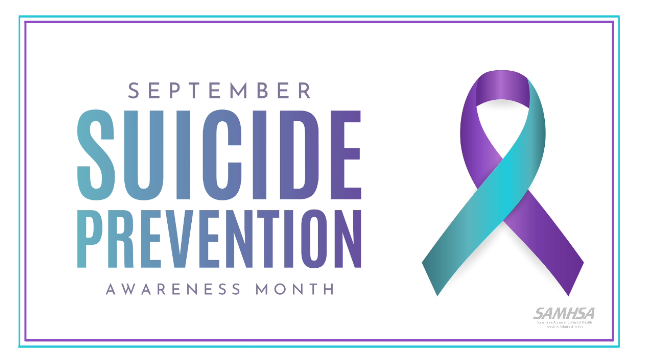The month of September is National Suicide Awareness Month. The month primarily focuses on raising awareness by acknowledging and reflecting on all of the people in the world who have lost their lives or loved ones to suicide. It also reinforces the importance of reaching out for help.
According to the National Institute of Mental Health, suicide is the second leading cause of death for ages between 10 and 14 years old. Symptoms of depression include constant mood swings, irritability, and strong feelings of guilt and helplessness. Additionally, anxiety in school plays a huge role in students suffering from depression. As the new school year rolls around every September, students feel immense pressure to maintain a certain grade point average, which naturally burns students out.
During an interview with Ms. Penna, the Student Assistance Counselor here at Haddonfield Memorial High School, Ms. Penna is asked to reflect on what suicide awareness means to her and for her students. “For me, it’s about reiterating the support that is available to everyone, especially students. And it’s about reiterating to everyone how to check in on each other.” When asked if having a designated month to spread awareness helps encourage the importance of reaching out to get help, she replies: “I think so because when any type of cause has a designated period, especially in the school system, we take a little bit of extra time to send out alerts about it.”
One factor that plays a huge role in suicide awareness is the stigma. Because so many people view seeking help as a weakness, it increases the stigma and the feeling of being ashamed or embarrassed. This relates primarily to Haddonfield because so many people feel so much pressure to be perfect and to exceed parental expectations, that they feel as though their mental well-being is not as important as making their families proud. This is the broken system that millions of teenagers face every day. This is why a month like this is so crucial because it recognizes all the strength that suicide survivors have, and helps to decrease the amount of stigma.
Many students face the dilemma of having to figure out not only what resources are available to them, but also resources that are convenient. Of course, there is always the option of a school counselor who is there to meet any immediate attention that a student may need. However, sometimes it is not convenient because students do not want to have the burden of finding time outside of class to schedule meetings. The most well-known suicide crisis hotline is 988, but another efficient resource is Chrysalis. Chrysalis matches you with what you need to a therapist who specializes in the specific crisis through different filters on their website. Thanks to the advancing mental health professionals, there are so many great resources for people in need to get the assistance they need, and this month reiterates that.






